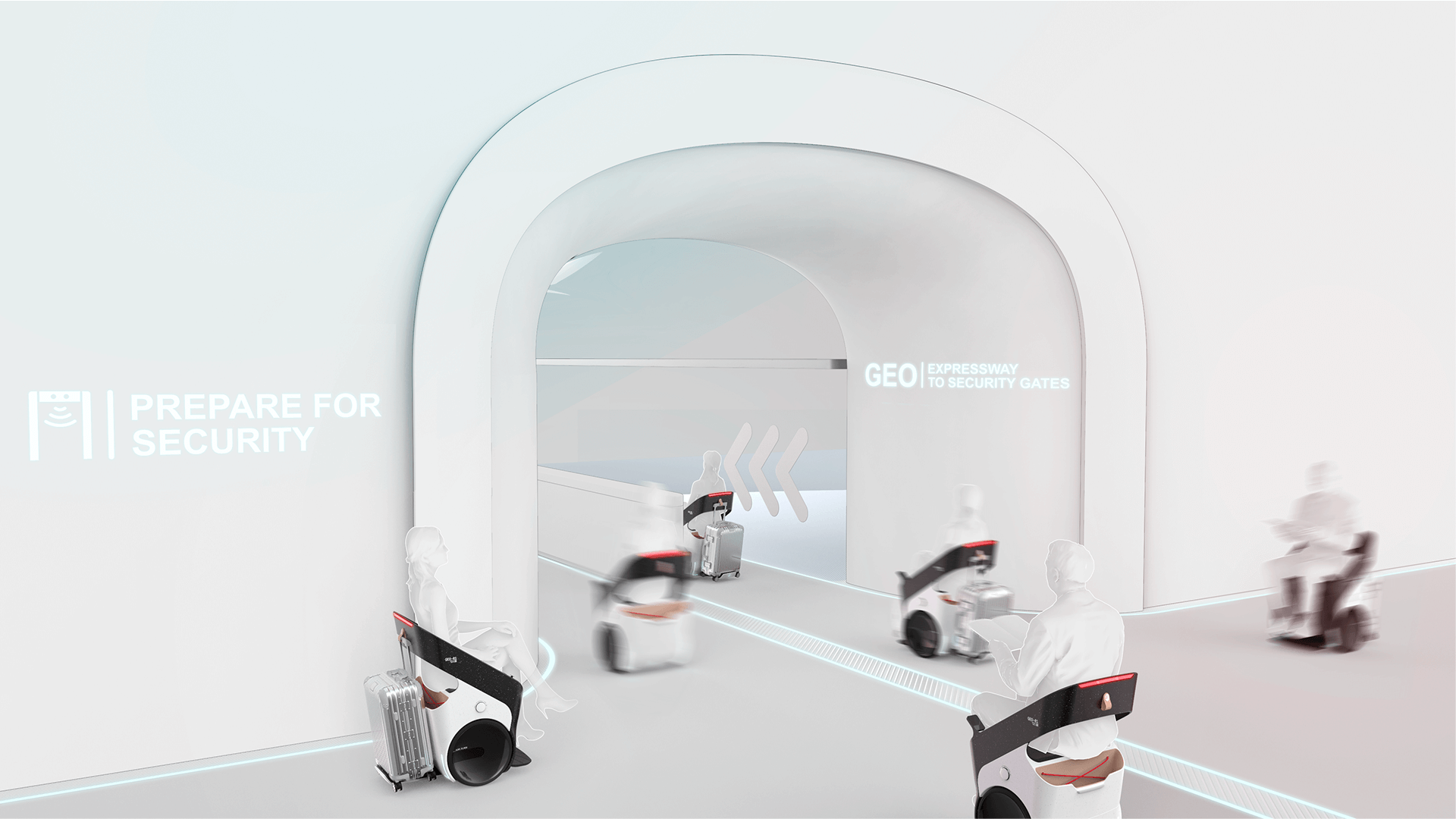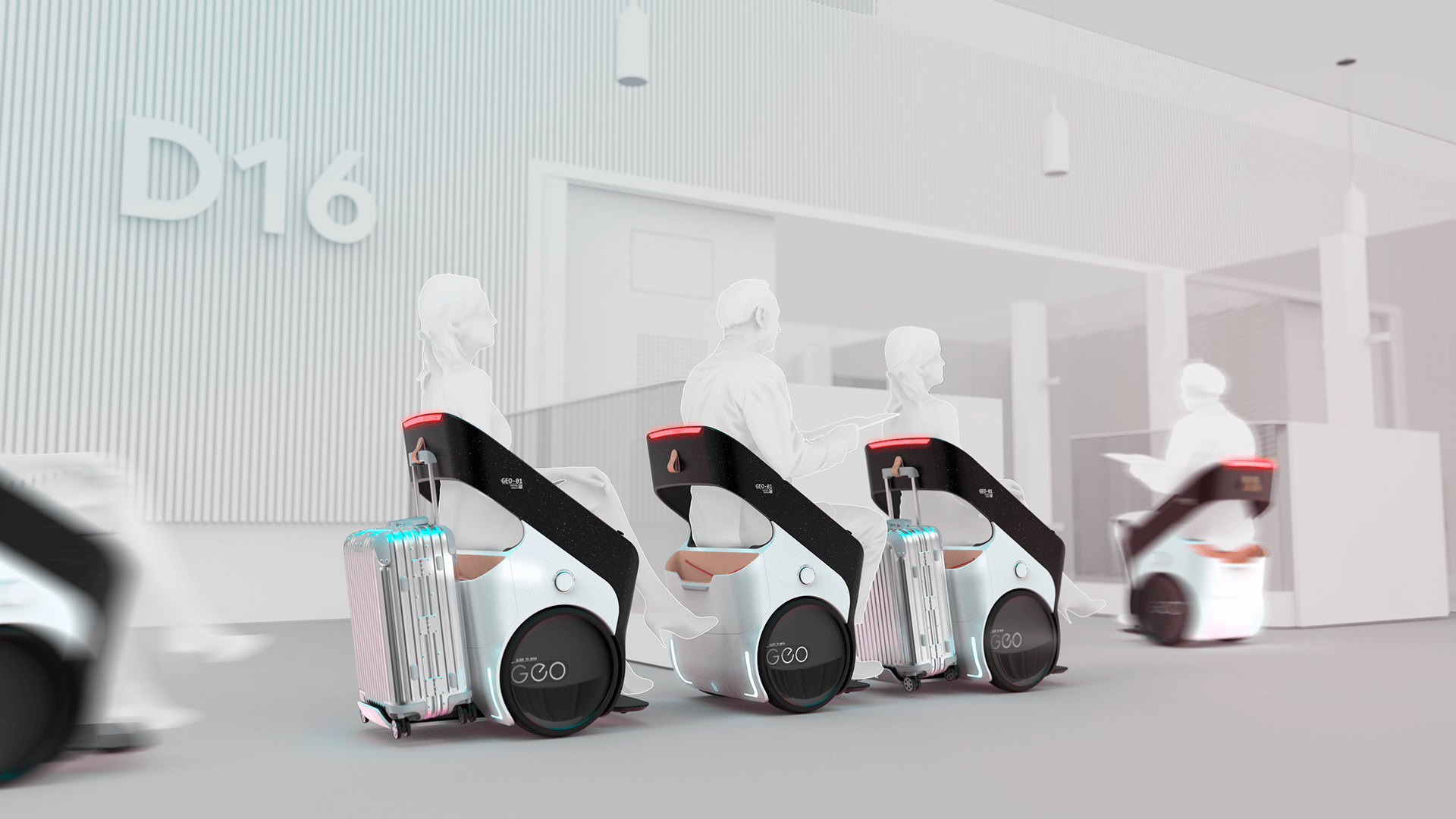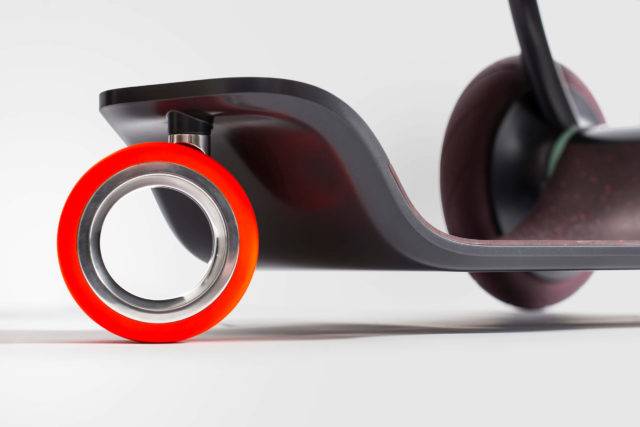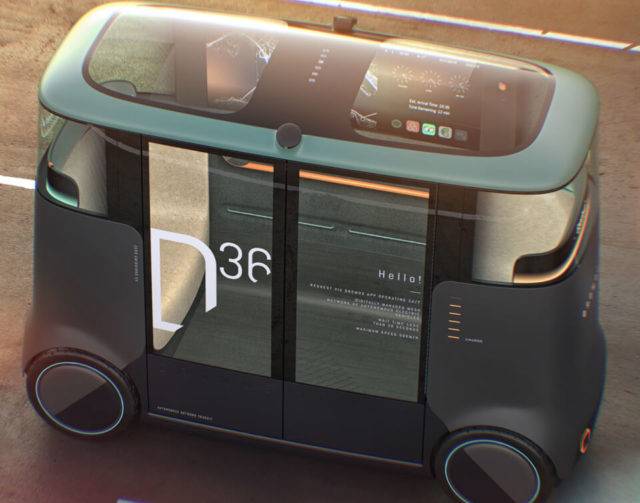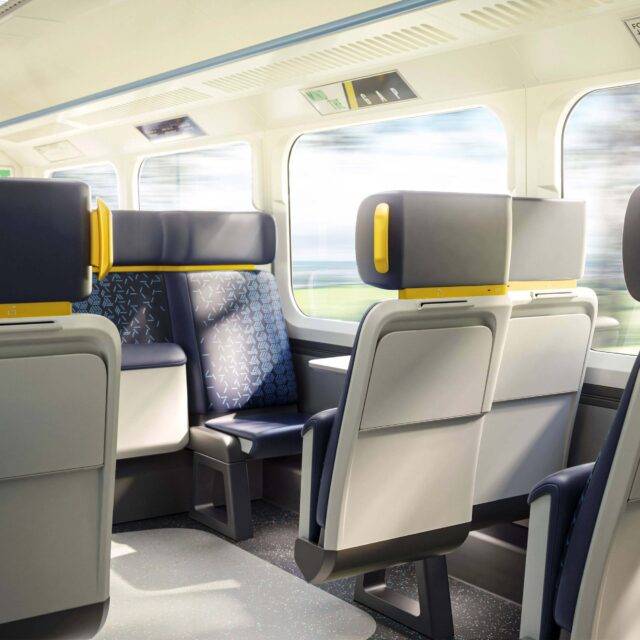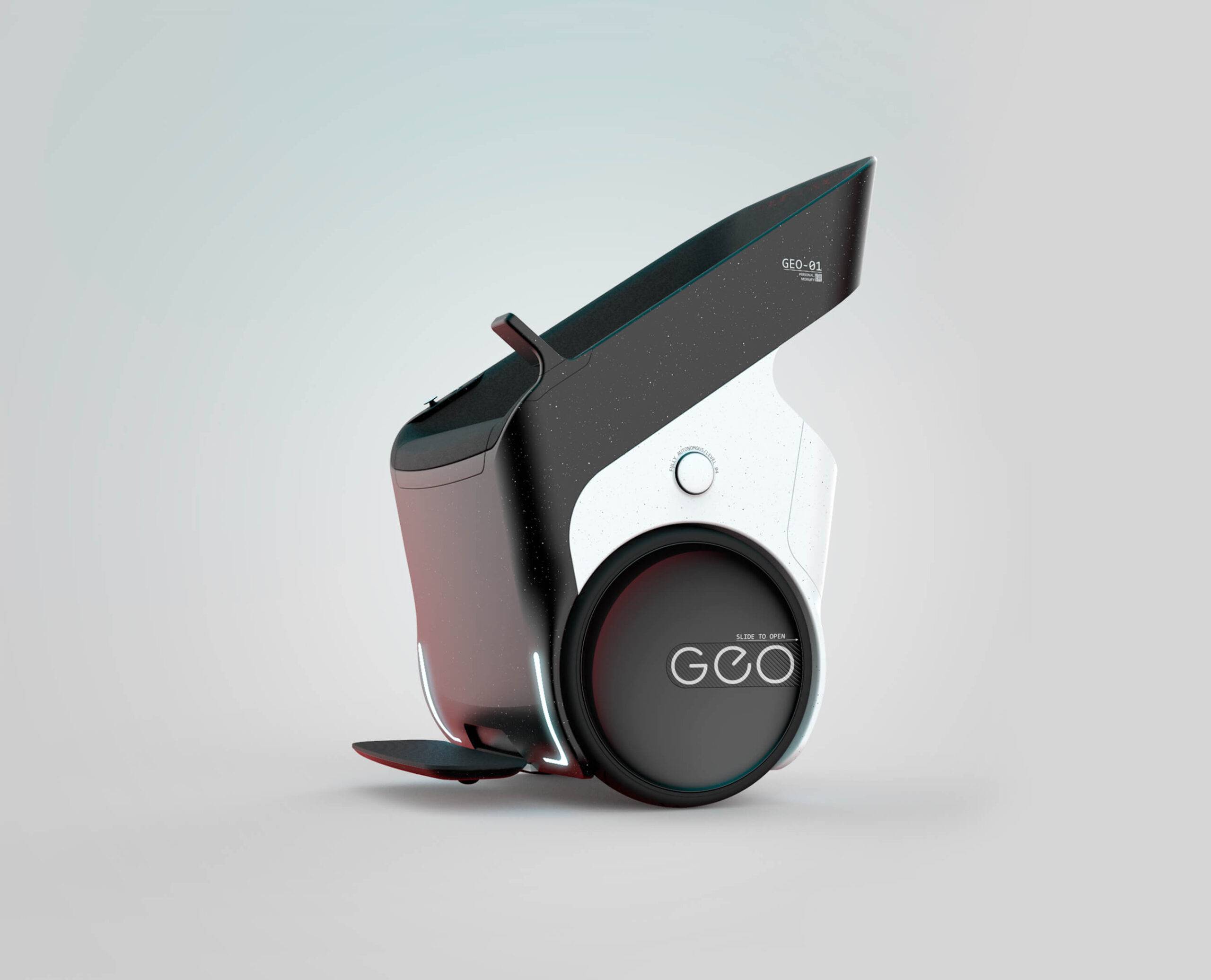
GEO
Year
2022 – Ongoing
PriestmanGoode is part an innovative consortium aiming to bring back the joy of travel for passengers with reduced mobility and create travel experiences of the future.
GEO offers autonomous personal mobility designed to give freedom and independence to passengers with reduced mobility.
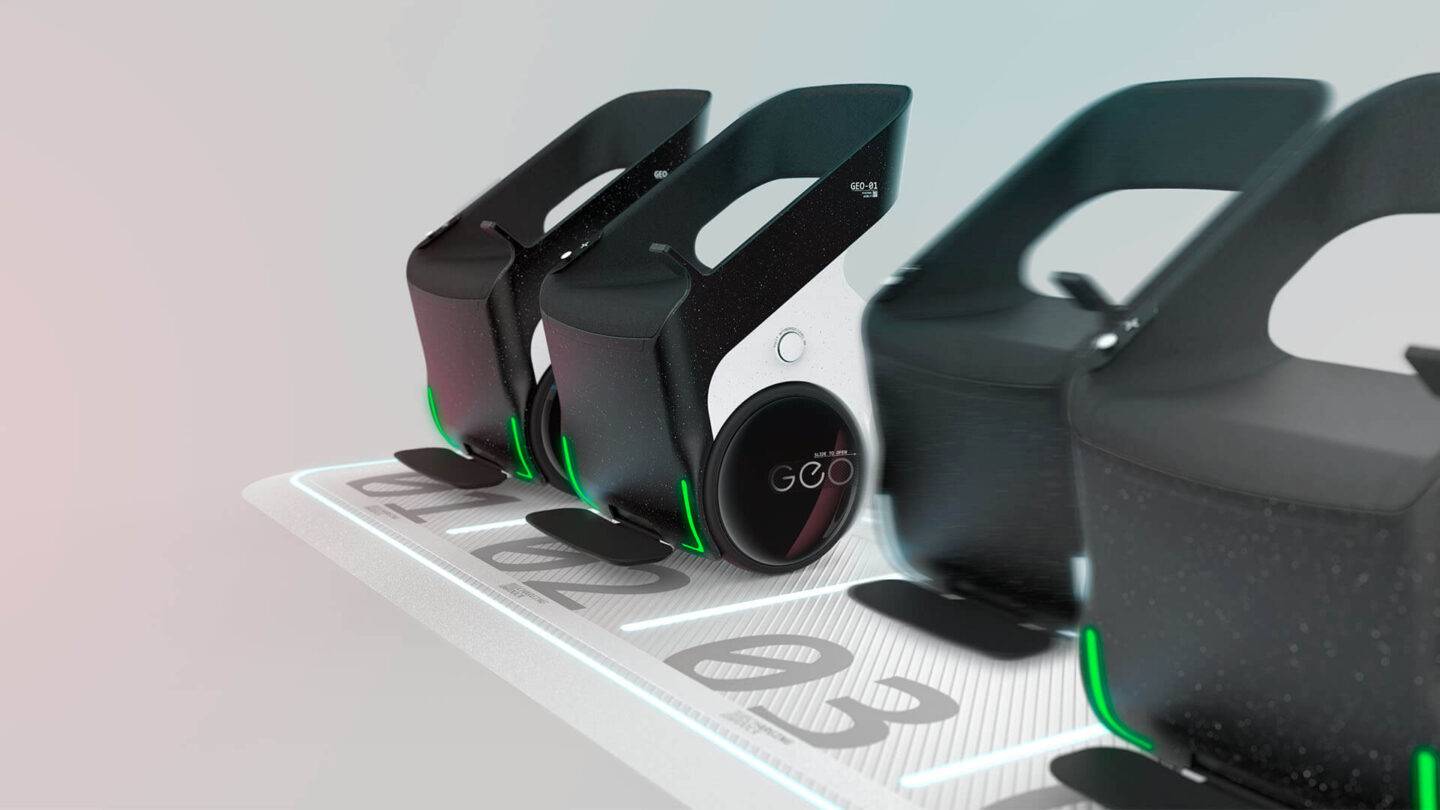
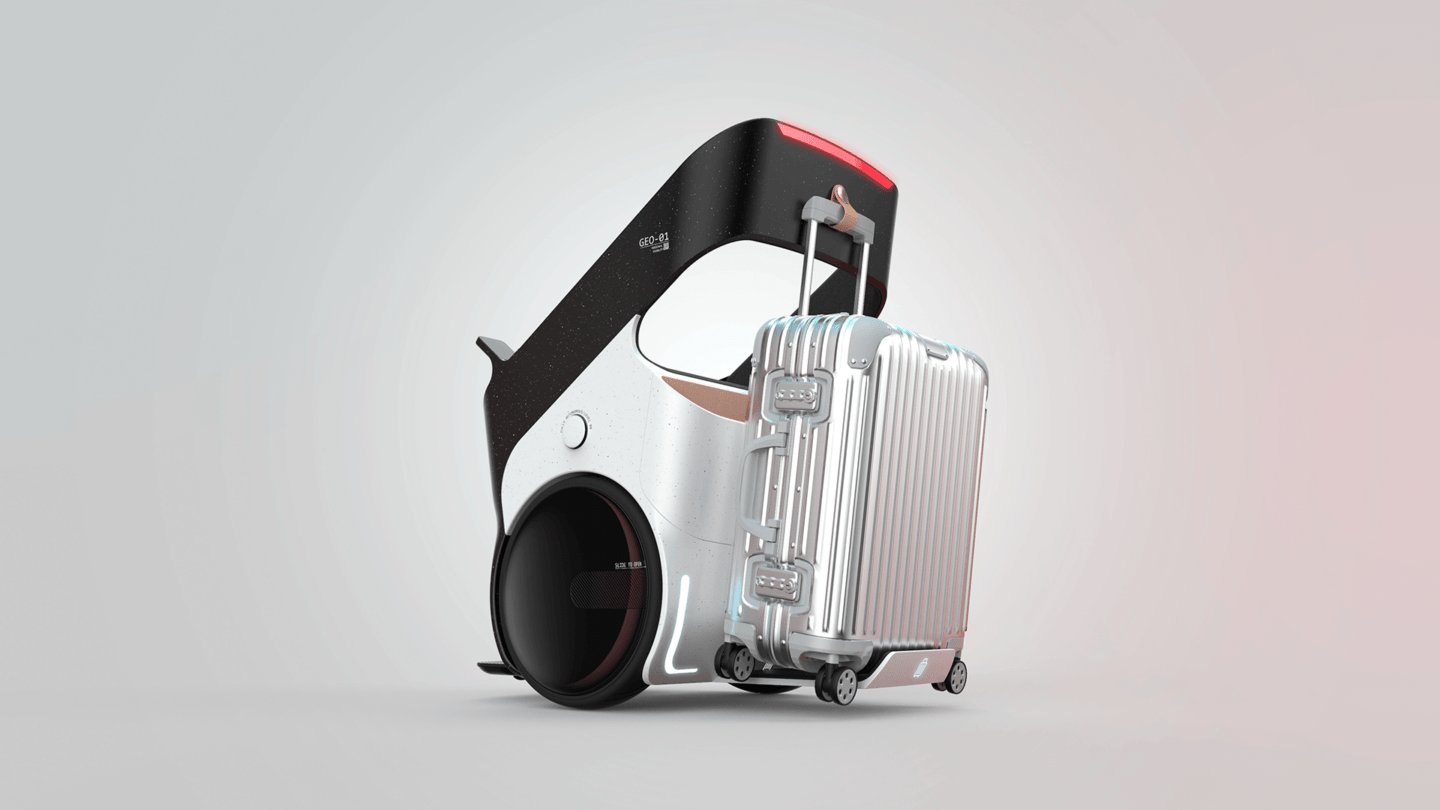
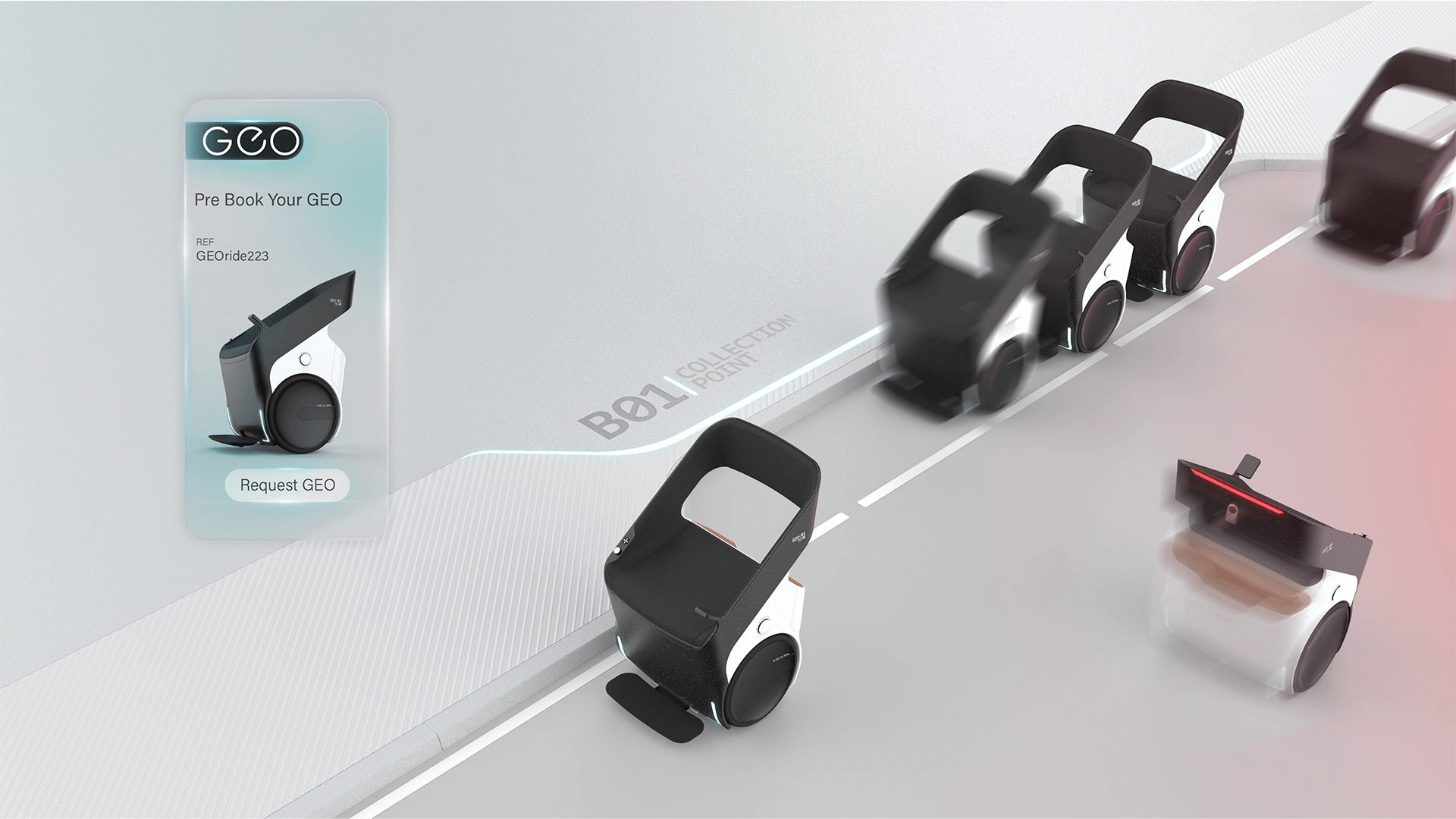
Challenge
Approximately 10% of the population cannot walk more than 400m. This presents a significant barrier for passengers with reduced mobility. Many passengers choose not to travel at all today because of the barriers they face in different travel environments.
PriestmanGoode, Centaur Robotics, developers of the revolutionary self-balancing Centaur, and Naurt, world leaders in location technology, created the Team Geo concept. The consortium also includes future mobility expert Robin Brownsell. The consortium is a finalist in the Aviation X Lab challenge, an aviation-specific incubator programme that brings together five global aviation giants: Emirates airline, Thales, Collins Aerospace, GE Aviation and Airbus.
Solution
Team Geo has reimagined the customer journey for all travellers with mobility problems, whether it’s the ageing population or those who use wheelchairs on a daily basis. It will allow these travellers to browse, shop and dine, creating an inclusive experience, and open potential revenue opportunities for airlines and airports through this approach.
Geo fits into the space of a dining chair. It has integrated tracking and navigation technology and enables level four autonomy where the vehicle performs all of the functions, but the user retains control.
PriestmanGoode adapted the Centaur, a two-wheeled personal electric vehicle. It includes an on-board personal assistant which provides a virtual world at passengers’ fingertips, on both phone or onboard screen. Location, navigation and timely reminders ensure passengers get the most from their time at the airport.
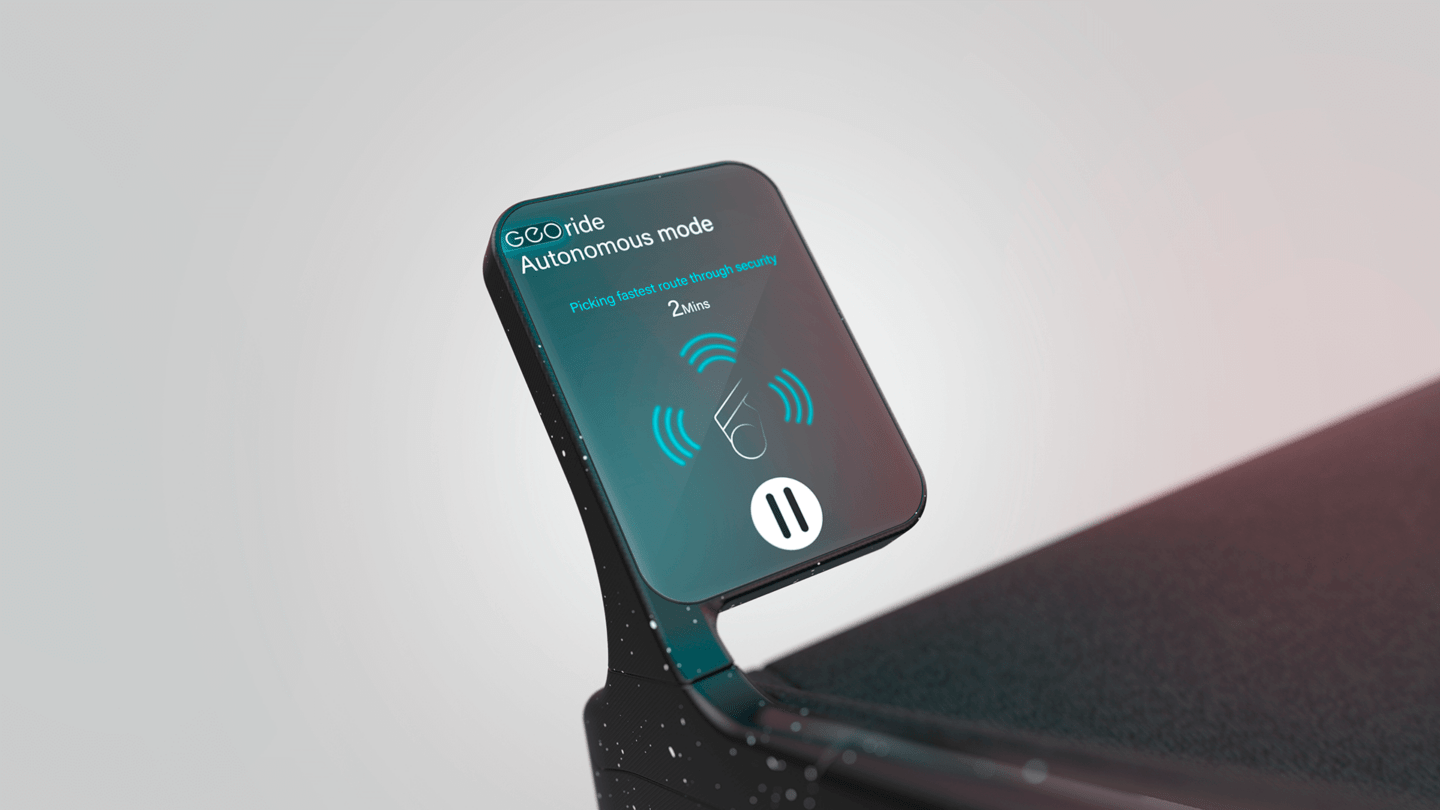
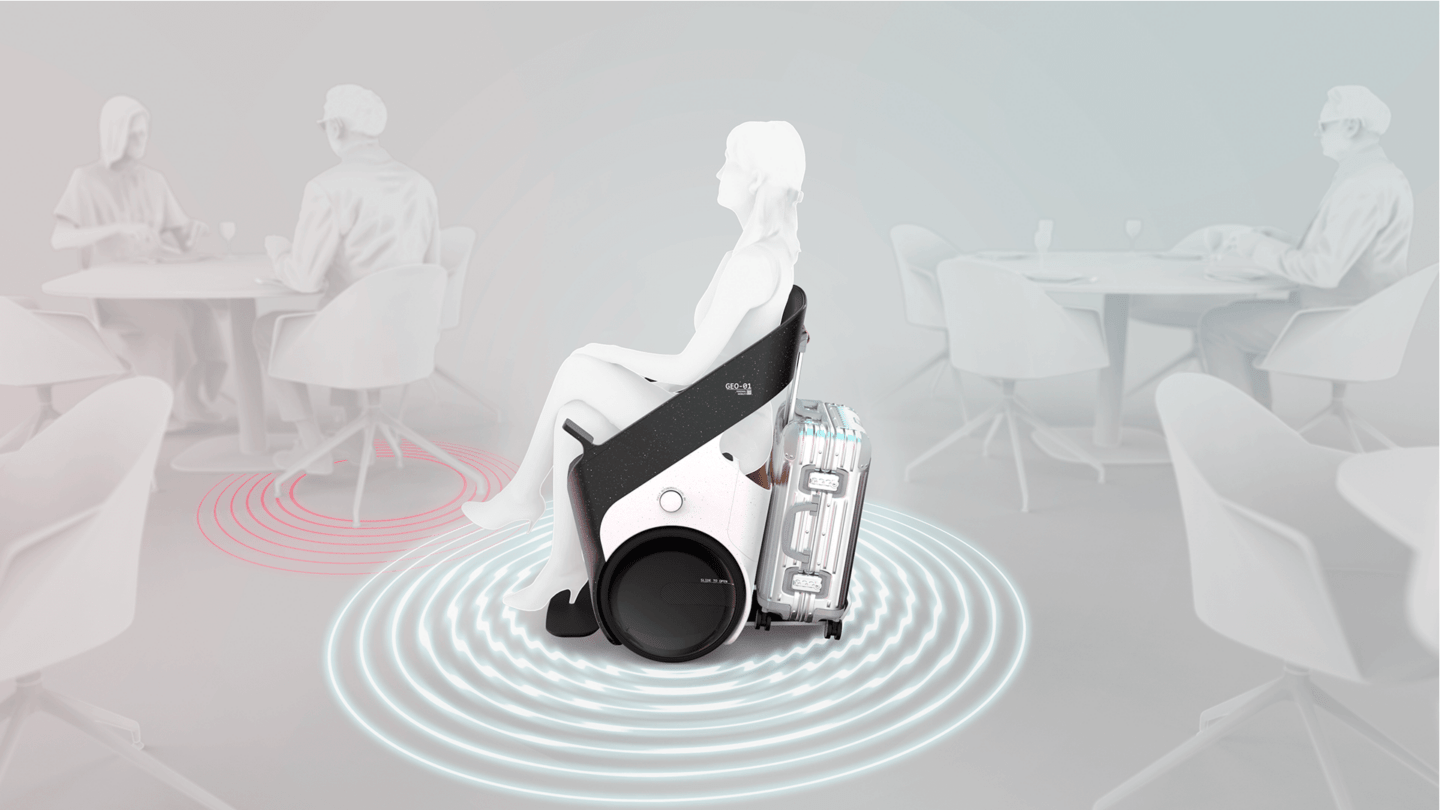
“Our goal is to create better airport and cabin experiences for a wide range of passengers; providing greater passenger mobility, empowerment and accessibility, and opportunities to create moments of delight,” said Chris Parker, director of PriestmanGoode. “Alongside a host of passenger benefits, our collective idea also provides major benefits for the airport operator and airlines through greater efficiencies in processing and the possibility to include those passengers who select not to travel at all today due to the barriers they face.”
Through workshops and anecdotal evidence, the Geo customer experience design team considered the full airport experience, highlighting challenges and pain points for travellers with restricted mobility. The team is also exploring augmented reality navigation, autonomous vehicles and airport services.
“We have used the insights gathered to define the ideal scenario for the future,” added Jo Rowan, associate director for strategy and customer experience at PriestmanGoode. “We’ve also analysed the functions of the existing product to limit moving parts, ensure seamless design detailing, eliminating places where items can get left or lost and to facilitate easy cleaning. Other considerations were that luggage and personal items are accessible, and comfort to ensure the user feels safe and protected, but not hidden by the chair.”
